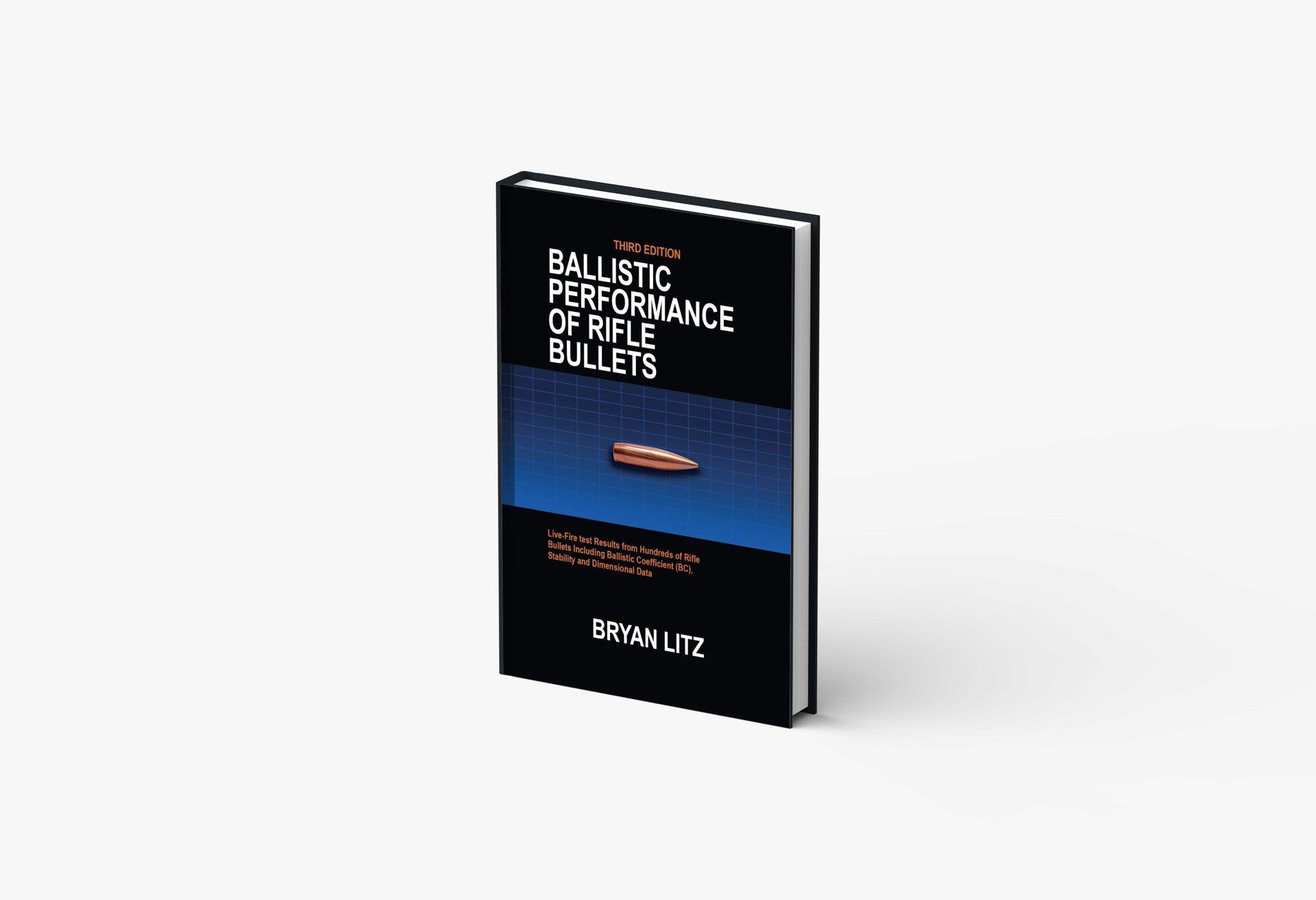Tried some 145 Match Burners in my 264WM today. Seems Barnes has taken a page out of the old Nosler playbook, and just came up with a BC number by looking at the nearest competitor and adding a few percent...
Rifle = 1:8 twist, 5R, X-Caliber, 24"
Loads between 2995 fps and 3040 fps
LabRadar was used to calculate B.C., with tracking files' maximum distance between 90 and 130 yds. Data culled for fliers, then regressed for near/far distance. Environmentals recorded with Kestrel (Temp/Hum) and iPhone baramoter app (P). This method generally gives VERY good agreement with Berger and Hornady bullets' quoted B.C.s out of a variety of rifles, based on literally hundreds of calculations over the last couple years. It also ALWAYS matches real world drop verifications within my ability to shoot.
Barnes 145 Match Burner results (11 shots)...
Quoted G1 B.C. = 0.703
Calculated G1 B.C. Average = 0.647
% Difference = -8%
Standard Deviation of B.C. = 0.018 (3%)
Extreme Spread of B.C. = 0.062
All in all, we are not impressed. This is reminiscent of Nosler's notorious ABLR B.C. inflation, and worse than any I've measured. The next closest cheater I've measured is actually the 147 ELD-M, with a 4% loss compared to the quoted B.C. I don't get too riled up about that one, as Hornady has consistently matched (± 2%) or even beaten it's quoted B.C.s in every other cartridge I shoot them in.
Frankly, it's not exactly hard to believe the B.C. is inflated. The friggin Berger 156 EOL only quotes a G1 B.C. of 0.679, so how the heck could a bullet 11 grains lighter, without a plastic tip, beat that by 4%? It apparently can't...
I didn't get great groups today (roughly 1 MOA), but I'll reserve judgement on how they shoot, as I was only out to get rough velocity measurements for IMR8133. If I can get them to shoot better, I won't complain about a 0.650 BC in a 145, but it sure irritates me when companies cheat.


